Emotions are Energy is motion. Trapped emotions are emotions that you don’t allow yourself to naturally feel, so they become stagnant and create muscle tension. What you don’t express, you suppress and eventually depress. Whether it’s conscious or unconscious, it is important to embark on a journey to unlock deeper layers of ourselves.
Muscle tension is a common ailment that affects millions of people worldwide. While factors such as physical overexertion, poor posture, and stress are well-known contributors, there is another often overlooked factor that plays a significant role in muscle tension: the connection between trapped emotions and muscle tension.
Understanding Trapped Emotions
Your body is like a psychological map and data storage that holds every experience you’ve ever had.
You’ve probably heard the term “emotional baggage” before. It refers to trapped emotions that haven’t been resolved or emotional energy that gets stuck in our bodies. Our bodies remember everything. Sometimes, we can go for weeks, months, or even years without realizing the blocked energy that our muscles are holding onto.
This blocked energy can stem from various life experiences, such as traumatic events, daily stressors, or unresolved conflicts. When emotions are not processed or released, they can become trapped in specific areas of the body.
They can affect you in the following ways:
- Your physical well-being
- How you react to stress
- The beliefs you hold about yourself
- Your relationships with others
The body keeps the score
Your body doesn’t forget the fact of what happened. A clear example of this is when you feel triggered during an interaction, and your subconscious mind activates a “time capsule” (memory), bringing back the thoughts, feelings, and sensations you once experienced.
This emotional trigger can be felt in your body with self-awareness. You may experience withdrawal, defensive reactions, panic, or feeling overwhelmed. It is common to feel scared, panicked, anxious, or unsafe. These triggers are connected to past traumatic experiences. When activated, these experiences bring up the emotional “pain body” and trapped emotions, which need to be addressed and healed in the present moment. It’s important to remember that no emotions are inherently bad; they simply provide feedback from our nervous system regarding how we perceive a situation.
Metaphysical understanding
The pain body holds trapped emotions in specific locations in the body, each vibrating at its own frequency. This is why if you don’t heal, you may attract more of these emotions. If you believe in the 7 Chakra system, this is seen as a buildup of emotions that creates blockages, hindering the natural flow of energy and causing a certain Chakra to become either underactive or overactive.
The phrase “trapped emotions” typically refers to a situation where the true authentic self wants to express something that the current version of the self doesn’t want to express. When we reject our authentic version, it creates tension in our body, which is felt by the nervous system due to past experiences, programming, and beliefs. Our authentic self can be seen as the version of us that we are born with, the innate intelligence that guides us. This can be experienced when we know what the right decision is in life, but fear prevents us from embracing it, resulting in tension because our lower version of self is blocking the natural occurrence of that experience.
This repressed negative energy can manifest as:
- Anger/resentment
- Self-sabotage
- Overthinking
- Poor decision-making
- Increased stress and anxiety
What Causes Chronic Muscle Tension?
Our bodies are highly interconnected, with emotions and physical sensations closely linked. When we experience intense emotions like anger, fear, or sadness, our bodies respond by releasing stress hormones, which can lead to muscle tension. Prolonged emotional stress can cause ongoing muscle contractions and heightened sensitivity, ultimately resulting in chronic pain and discomfort. Studies and research suggest that chronic muscle tension can be attributed to four main categories.
Social conditioning
We are conditioned from an early age by our family, and some even suggest that we have innate templates based on prenatal trauma. This conditioning continues throughout childhood through our friends, teachers, and society. A personal example of this conditioning is the belief that boys shouldn’t cry and should just deal with their emotions. As a result, I grew up suppressing my emotions, which manifested as physical tension. Much of this muscle tension is a result of the social beliefs we have been programmed to adopt to be “accepted” without questioning them.
Trauma
Unaddressed emotions associated with traumatic experiences can lead to chronic stress. Trauma can encompass a range of experiences, from childhood punishments to acts of violence, from toxic breakups to serious illnesses. When these emotions are not consciously dealt with, they can result in chronic fear, stress, and even lead to events of post-traumatic stress disorder (PTSD). Certain triggers can cause the brain to disconnect from reality and replay the traumatic events through flashbacks.
Psychological stress
Psychological stress of any kind such as anxiety, frustration, sadness, or anger, can have negative health effects over time. It is associated with a dysregulated nervous system. Being in a constant state of fight-or-flight for an extended period can contribute to other illnesses such as fibromyalgia (chronic pain), digestive disorders, and mental illnesses. I witnessed this firsthand in my nursing experience, as I read thousands of health histories. Patients with anxiety often have digestive issues because anxiety tends to manifest in the stomach area. Due to trauma and other factors mentioned above, we often have automatic responses in the form of thoughts and emotions that further contribute to psychological stress.
Environmental stressors and habits
You are influenced by what you consume. This includes the food you eat, the type of media you consume, the amount of sleep you give your body, and the level of exercise you engage in, among other factors. A general guideline for maintaining a healthy body is to enhance your ability to move against gravity. The easier it is for you to move against gravity, the longer you can sustain a healthy body.
Certain factors such as unhealthy eating, drug use, poor sleep, pollution, poor posture, and a toxic work environment can worsen muscle tension and increase the likelihood of developing physical health issues.
Effects of Chronic Muscle Tension
Chronic muscle tension can have various negative effects on both the body and mind. This article focuses on how emotions contribute to muscle tension, which can be explored through the field of psychosomatic medicine. As energetic beings, stagnant emotions can gradually become tense and contribute to health issues. Scientists also believe that stress releases hormones and chemicals in the body, which can cause damage or dysfunction.
Here is a list of some health issues that can be caused by mental and emotional factors:
- Mood disorders (Anxiety & Depression)
- Skin problems (acne, psoriasis)
- Asthma and hayfever
- Headaches and migraines
- Palpitations and chest pain
- Irritable bowel syndrome
- Insomnia
- GI issues (Diarrhea, bloating, constipation)
- High blood pressure
- Increased likelihood of developing addictive behaviors
Common Areas Affected by Trapped Emotions
I want to share with you the most common types of muscle pains and the underlying emotions connected to them. It is important to keep in mind that everyone is different and there are no “known” absolute places in the body where emotions are stored. In a study conducted in 2013 by Finland scientists, they attempted to map the emotional body map. You can find the illustration below, along with the study itself.
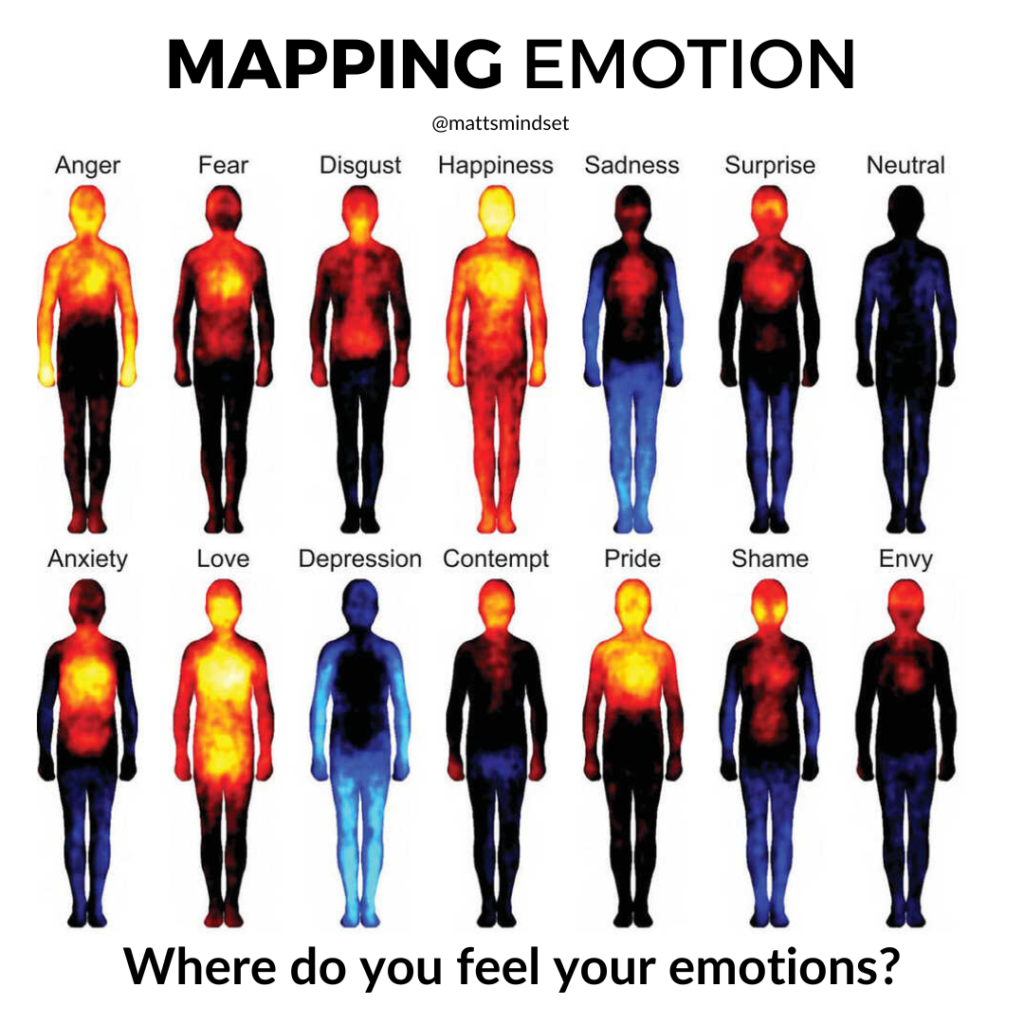
Shoulders = Burden and Responsibility
Have you ever heard of the term “carrying the weight of the world on your shoulders”? Shoulder tension is often associated with social and emotional responsibilities, including unconsciously shouldering the burden of other people’s pain. This can also manifest in your posture or the stiffness you feel in your shoulders.
Neck Tension = Repressed Self-expression
Neck tension is often associated with issues related to the throat chakra, such as difficulties in clear communication or being authentic around others. As someone who used to constantly seek approval from others, I never realized the extent of my neck tension until I started doing somatic exercises.
Upper Back = Grief, Sorrow and Sadness
This area is where emotions are connected to the heart chakra. It appears that unexpressed or unreleased sadness tends to accumulate in the upper back region. Take care of yourself and ensure that you acknowledge and address your emotions.
Stomach = Inability to Process Emotions
When you experience the “butterflies” and feel nervous, these emotions tend to accumulate in that area. Similarly, difficulty in handling emotions, whether negative or positive, can make it challenging to process them in the stomach region.
Lower back = Guilt, Shame, and Unworthiness
Lower back issues often coincide with feelings of low self-worth and a lack of self-acceptance. It is also possible for emotions such as guilt, shame, and even sexual inadequacy or trauma to be stored in this area.
Buttocks = Anger and Rage
The term “pain in the ass” refers to a situation or person that is extremely frustrating or annoying. It is believed that anger and suppressed rage can be stored in the buttocks. Excessive energy build-up in that region is associated with the root chakra and can result in feelings of resentment and anger.
How to release emotions from the body
Now that you have knowledge of how emotions are stored in the body, how can we begin to release these trapped emotions?
Emotional Awareness
Emotional awareness is the first step towards breaking the cycle. Start by recognizing and acknowledging your emotions. Try practicing mindfulness, journaling, or talking to a therapist to help identify and process any trapped emotions. Allow yourself to fully experience and process these emotions as you “feel it to heal it”. You can incorporate this process into your meditation practice. When you feel tension in a specific area, focus on that area and actively release and let go of any emotions that arise. It’s important to give yourself permission to express your emotions fully, which may include crying or screaming if needed.
Be gentle with yourself
Be gentle with yourself. Treat yourself with the same kindness and compassion you would show towards a child or a best friend. Adopt an attitude of non-judgment. When we judge the emotions we are experiencing, it can be more difficult for them to be released. Remember that these emotions are simply feelings and they do not define who you are. They do not have to hold any meaning about you unless you allow them to. Practice being an observer of your emotions.
Breathwork
Breath work. Breath not only allows us to regulate our nervous system, but also enables us to delve deep into releasing experiences and memories that are deeply ingrained within us at a cellular level. However, it is important to note that this type of breathing may not be suitable for everyone. If you feel triggered by breathwork, you can stop at any time. Breathwork techniques can bring up psychosomatically and emotionally old repressed emotions at the psyche has basically repressed for a long time to feel safer.
Stretch your muscles
Stretch your muscles. Perform simple stretches or try yoga to relax your muscles. There are various stretches and yoga exercises that target specific muscle groups that may feel tight.
Addressing past traumas
Addressing past traumas. The pain that we carry for years and even decades often originates from childhood. This pain can manifest in various ways, such as self-blame, depression, and social withdrawal. Engaging in shadow work provides a valuable perspective for exploring the hidden parts of ourselves that we typically keep concealed out of shame or a sense of inadequacy. Additionally, I offer personalized 1-on-1 coaching that specializes in releasing emotions and working through trauma.
The bottom line
Unprocessed emotions can become trapped in the body, resulting in muscle tension. Various factors, such as social conditioning, trauma, psychological stress, and environmental stressors, can contribute to chronic muscle tension. This, in turn, can have negative effects on both the body and mind, including mood disorders, skin problems, headaches, and high blood pressure. To release trapped emotions, it is important to practice emotional awareness, be gentle with yourself, engage in breath work, stretch your muscles, and work through past traumas. Continue to explore and understand yourself.
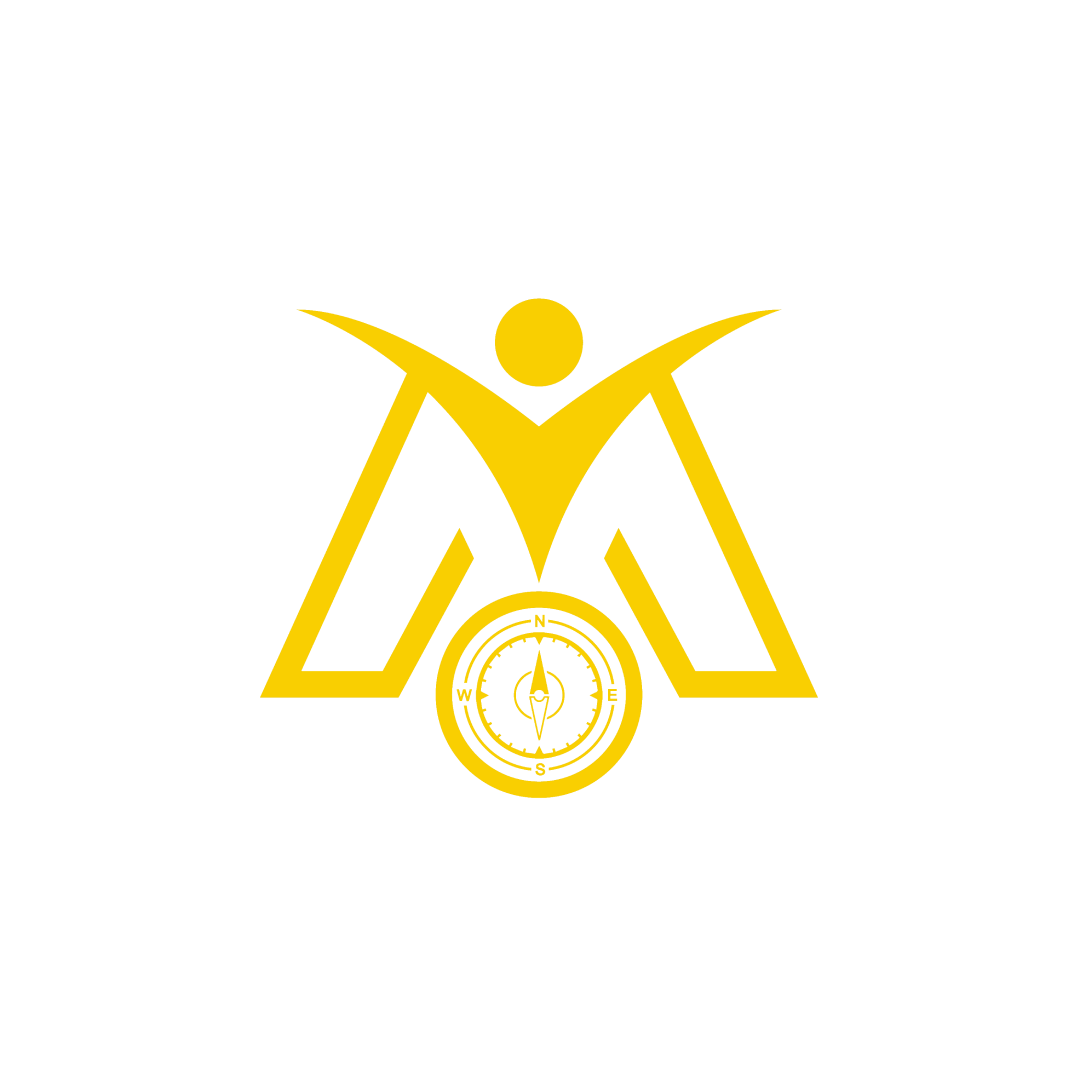
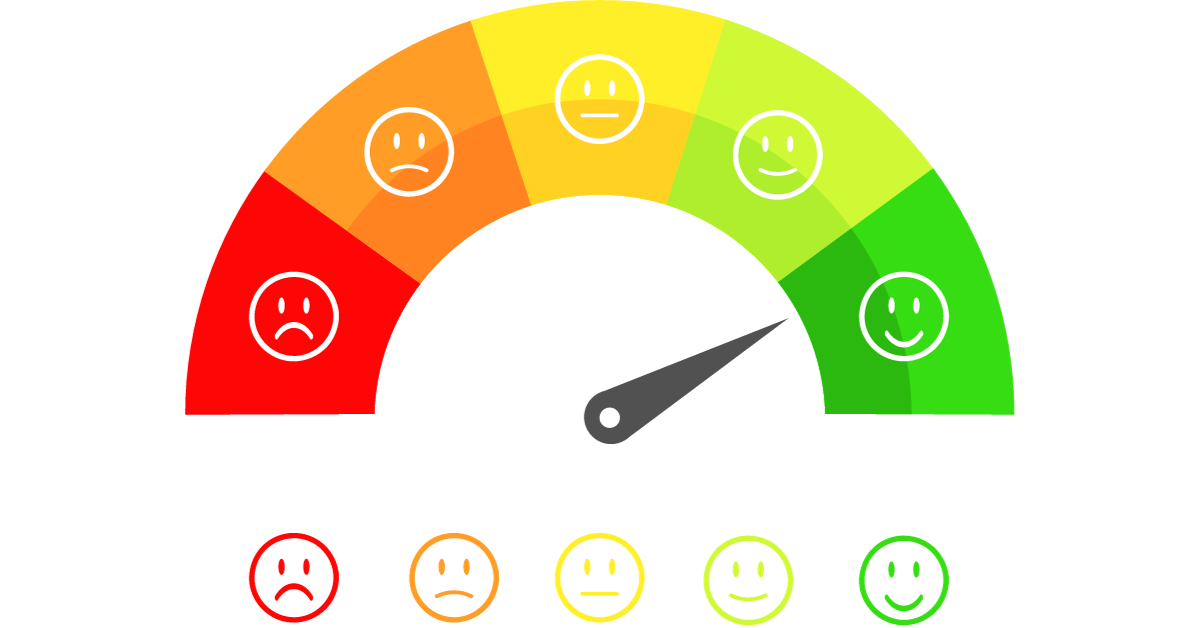
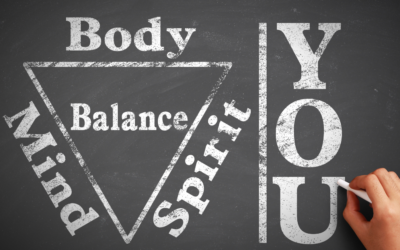
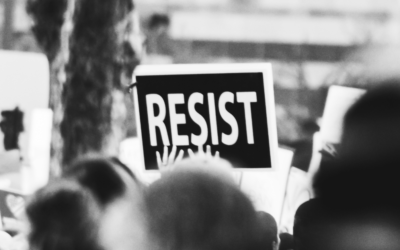
0 Comments